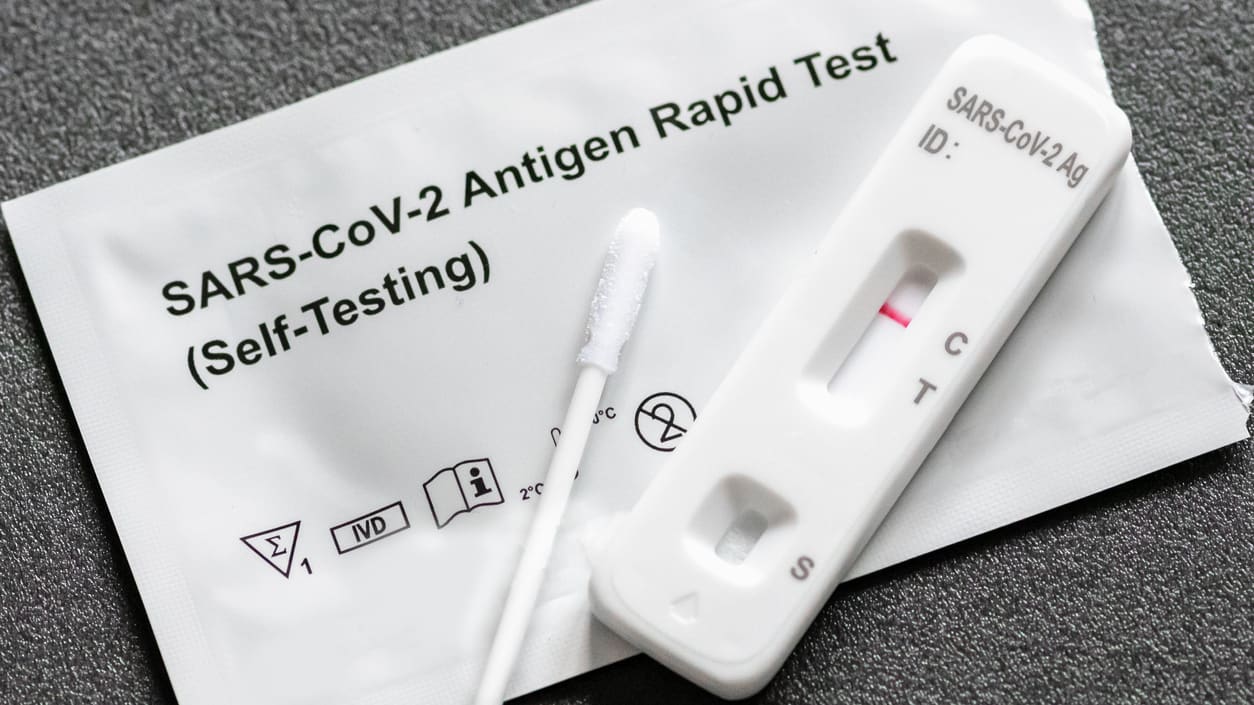

A s employers respond to concerns over new COVID-19 variants, including the so-called "Kraken" variant, workers who test positive for COVID-19 should follow guidance from the U.S. Centers for Disease Control and Prevention (CDC), including its guidelines on quarantining and isolation, to minimize safety and legal risks. The guidance was last changed in August 2022.
The Occupational Safety and Health Administration (OSHA) looks to the CDC as a source of guidance on what employers should do to keep workplaces safe, noted Jonathan Segal, an attorney with Duane Morris in Philadelphia and New York City. "OSHA could conclude that failure to comply with CDC guidance on isolation and quarantine violates OSHA's general duty clause," he said.
Further, to the extent that an employer's failure to comply with OSHA guidance results in employee anxiety or fear, this could contribute to the risk of union activity, he added. "Union activity is accelerating, and health and safety is definitely a union-organizing issue," Segal said.
In addition, an employee could bring a personal injury claim if the individual contracts COVID-19 at work due to close contact with an employee who should have been out of the workplace based on CDC guidance. "While workers' compensation should bar the claim, the answer may vary from state to state," he said. "At a minimum, there is the cost and reputational risk of ugly litigation."
Quarantine is a strategy used to prevent the transmission of COVID-19 by keeping people who have been in close contact with someone with COVID-19 apart from others, according to the CDC. Isolation is used to separate people with confirmed or suspected COVID-19 from those without COVID-19. People who are in isolation should stay home, apart from others, until it's safe for them to be around other people.
The guidance from the CDC recommends that:
The CDC no longer recommends testing of asymptomatic people without known exposures in most community settings.
No exceptions should be made for key employees or management, cautioned Art Silbergeld, an attorney with Stradling in Los Angeles. "Employers should exercise good judgment in deciding whether these minimum periods of isolation are sufficient in every case," he said.
With quarantine and isolation, some states, such as California, have additional requirements.
Jenifer Bologna, an attorney with Jackson Lewis in White Plains, N.Y., noted that the CDC's guidance highlights individual responsibility. In addition, she said it no longer differentiates between vaccinated and unvaccinated individuals. Those in locations where the CDC says that there is a high incidence of COVID-19 should take additional precautions for everyone, she added.
Failure to comply with CDC guidance could be used against an employer in a case where a nonemployee contracts COVID-19 and becomes very sick or dies due to the employer's noncompliance with CDC guidance, Segal said.
For example, a lawsuit might be brought if an employee contracts COVID-19 at work as a result of close contact with a co-worker who should have been out of the workplace based on CDC guidance, and then a family member gets COVID-19 from the employee and becomes very ill or dies.
In another example, a case might ensue if a customer, vendor or supplier contracts COVID-19 as a result of close contact with an employee who should have been out of the workplace under CDC guidance, and the third-party individual becomes very ill or dies.
"In both cases, workers' compensation most likely is not a bar to a negligence claim because the injured party bringing the claim is not an employee," Segal said. "While there may be difficult contact tracing issues and other impediments for the injured party to establish liability, the costs and reputational risks of litigation remain."
Employers that are following CDC guidelines should ensure that their policies reflect the guidelines and are applied to employees as consistently as possible, said Arielle Eisenberg, an attorney with Cozen O'Connor in Miami.
Nonetheless, Silbergeld said the risk of a safety legal challenge may be greater than a discrimination lawsuit over application of COVID-19 guidelines.
He believes the best practice is to require proof of vaccination and, when exposure or symptoms have occurred, proof of a negative test before allowing an employee to return to work. Nonetheless, the number of employers asking job applicants to be vaccinated before starting a new role continues to fall.